Goldfish lipstick Plant
Original price was: ₹256.00.₹119.00Current price is: ₹119.00.
4 in stock
Selling size: A well-rooted plant in a jiffy bag
The tropical goldfish plant (Columnea Gloriosa) gets its moniker thanks to its tubular red and orange petals, which emerge in the spring and summer, and resemble goldfish when in bloom. The eye-catching houseplant may look intimidating to care for, but it is worth it to enjoy the added color and unique arrangement when grown in hanging baskets or containers.
Often called a Flying Goldfish Plant, this tropical species native to South America and Central America flowers in an arching formation. Grow these plants indoors or outside where the stems reach up to three feet tall.
Plant Attributes
| Common Name: | Goldfish Plant, Flying Goldfish Plant |
| Botanical Name: | Columnea Gloriosa |
| Family: | Gesneriaceae |
| Plant Type: | Perennial |
| Mature Size: | 3 ft. tall, 2 ft. wide |
| Sun Exposure: | Full, Indirect |
| Soil Type: | Well-drained, Moist |
| Soil pH: | Acidic (5.8 to 6.2) |
| Bloom Time: | Spring, Summer, Fall |
| Flower Color: | Red, Orange |
| Hardiness Zones: | Zones 10-12 (USDA) |
| Native Area: | South America, Central America |
Goldfish Plant Care
Goldfish plants grow well outdoors or as houseplants. Depending on the climate, this plant might thrive better inside as it is sensitive to high temperatures. Additionally, excessive rainfall can cause the foliage to turn brown or drop as the plant needs time to dry out between waterings.
Maintain proper care for goldfish plants by avoiding overwatering, providing bright, indirect sunlight, and using nutrient-rich soil. As a tropical plant, the goldfish plant needs humidity, so use a humidifier or place it in the bathroom when showering to recreate this environment.
After reaching two or three feet tall, pinching off growth helps encourage healthier blooms and improve the overall shape.
Light
Goldfish plants need bright, indirect light. Place the plant near a window that does not receive full sun exposure or use a plant lamp to achieve this lighting environment. Because of its sensitivity to high temperatures, growing the goldfish plant as a houseplant during the summer or in harsh heat is best.
Soil
Well-draining potting soil works for growing goldfish plants, but a mixture of perlite, peat moss, and vermiculite will help with drainage and maintain healthy roots. The roots can decay in soggy soil when the plant lacks nutrients or inefficient water.
Water
Consistent watering maintains moist but well-drained soil throughout the goldfish plant’s growing season—spring through fall. Provide containers or hanging baskets with plenty of drainage holes to avoid soggy roots. Use your hand to feel the top few inches of soil. Water again once the top few inches are dry. During winter, water sparingly, just enough to keep the plant from wilting. The soil can become fairly dry during this rest period, and there will be very little new growth.
Temperature and Humidity
The goldfish plant needs humidity to survive, similar to its native tropical environment. Use a spray bottle to mist the plant, increasing the moisture when growing this plant indoors. Additionally, maintain temperatures around 65°F to 80°F throughout the year. Temperatures too high or low will cause the goldfish plant to bloom less. Avoid fluctuating temperatures, cold snaps, extreme winds, and indoor air vents.
Fertilizer
Fertilize goldfish plants every two weeks during the growing season. Use a liquid, high-phosphate fertilizer diluted to half-strength after watering the soil so it is damp.
Types of Goldfish Plants
Goldfish plants are available in several varieties, all with unique, bold foliage and colorful flowers. Here are some types to know:
- Columnea hirta ‘Light Prince’: This cultivar pairs variegated white and green foliage with bright orange and yellow flowers.
- Nematanthus ‘Tropicana’: This tropical variety of goldfish plant boasts flowers with red and orange stripes that pair beautifully with dark green leaves.
- Nematanthus ‘Green Magic’: This variety features beautiful foliage and bright orange flowers.
- Nematanthus ‘Black Gold’: The foliage on this plant features a glossy red tint, complemented by the orange-yellow flowers.
Pruning
Pruning the goldfish plant helps redirect and conserve energy to produce showier blooms. While plants growing outdoors can reach up to three feet, pruning the stems closer to one foot tall will prevent them from becoming leggy.
Always prune in early spring before the growing season to avoid accidentally removing new flowers. Prune the damaged, diseased, and old roots that help shape the plant and build a stronger system. Goldfish plants are relatively root-bound, so avoid unnecessary transplanting.
Propagating Goldfish Plants
Propagate goldfish plants using stem cuttings taken during the growing season—spring and summer. Cuttings and division are the most effective ways to grow goldfish plants. Here is how to propagate the goldfish plant through stem cuttings:
- Use a sharp, clean knife to cut a stem at least four inches long during the growing season. Cut below the leaf node on a stem with no flowers or buds.
- Remove the bottom leaves and place the cuttings in a container filled with clean water. Before putting the cuttings in water, adding a rooting hormone to the end of the stem can help encourage roots to emerge.
- Place the cuttings in a warm location but not in direct sunlight. Change the water weekly.
- In about two weeks, roots will emerge but wait until they reach about two inches to transplant into a container filled with potting soil.
- When taking cuttings, group three or four together to plant in the same container helping to fill out the plant.
- Propagated stem cuttings will flower the following year.
How to Grow Goldfish Plants From Seed
Growing goldfish plants from seeds is challenging because the flowers growing outside their natural habitat are difficult to pollinate. However, if you do want to try growing goldfish plants from seeds, here is what you need to know:
- Start by harvesting or purchasing seeds and soaking them in water or a diluted cleaning solution for one to two hours.
- Drain the seeds and rinse any remaining solution before placing them on a clean plate or dry paper towel.
- Use a seed-starting tray filled with damp potting soil and place two or three seeds in every space. Cover the seeds.
- Mist the seed-starting tray with a water bottle and cover the entire container with a plastic bag or wrap to encourage humidity.
- Place the container in an area that receives 12 to 16 hours of indirect sunlight daily. Temperatures should remain around 68°F to 75°F. Use a plant light to help achieve these results.
- After one to two weeks, sprouting should occur.
Potting and Repotting Goldfish Plants
Goldfish plants are relatively root-bound, so repotting every two to three years is best. These plants thrive in compact pots, which encourages more flowers. When transplanting the goldfish plant, use a peat-moss soil mixture or a potting soil designed for African violets and plant in a container about one inch in diameter larger than the current root system. As you move the plant, gently prune the roots to help support a healthy system and avoid leggy growth.
Overwintering
Goldish plants thrive in climates that mimic their native regions, so as a tropical plant, it prefers temperatures between 65°F to 80° year-round with an above-average amount of humidity. Goldfish plants growing indoors will not need water as frequently during winter—only after the top few inches of soil are dry. Keep the humidity high by placing the plant in the bathroom while showering or regularly misting it with a water bottle. Plants grown outdoors will die when exposed to freezing temperatures.
Common Pests & Plant Diseases
Goldish plants are susceptible to many common houseplant pests, including aphids, mealybugs, and spider mites. Remove infected foliage if you notice a change in the coloring due to sap-sucking insects or sticky honeydew residue. If the problem persists, spray the goldfish plant with neem oil or another insecticidal soap. Spider mites cause similar foliage discoloration issues as aphids and mealybugs, but if left untreated, they will kill the goldfish plant. Maintain a clean and healthy plant to avoid this from occurring.
Some diseases that impact goldfish plants include botrytis bunch rot and mosaic virus. Botrytis bunch rot is often present in humid climates, so to avoid the spores from spreading throughout the plant, keep the goldfish plant pruned and provide plenty of air circulation. Using a fungicide or neem oil can help prevent this disease from spreading. The mosaic virus is another disease that impacts goldish plants, but no cure exists. Mottling or irregular leaves are a symptom of this disease, so remove any damaged foliage to help stop the spread.
How to Get Goldfish Plant to Bloom
Goldfish plants bloom from spring through fall and can go dormant during winter. The tubular flowers that resemble goldfish do not have a fragrance.
Keep goldfish plants in compact pots in a bright location to encourage blooms. Give the plant weakened fertilizer every two weeks during its growing season and monthly during fall and winter. Pinching off new stems and deadheading spent flowers will also encourage more blooms and fuller growth.
Common Problems With Goldfish Plants
Proper care and promoting a tropical environment will help produce healthy goldfish plants. Most goldish plants can survive five to 10 years if meeting basic care conditions. However, there are still some issues to know about so you can prepare to treat them:
Curling Leaves
Goldfish plants thrive in humid, tropical climates, so maintaining a proper watering schedule is essential. Underwatering causes the foliage to wilt and reduces flower bud production. Avoid positioning the goldfish plant in direct sunlight because too much heat can cause the plant to suffer from under-watering issues. Additionally, using a humidifier, a plastic bag, a greenhouse, or a spray bottle will help encourage humidity—a necessity for healthy goldfish plants.
Sudden Flower Loss
Unfortunately, the beautiful flowers on goldfish plants are susceptible to damage and disease, which can cause them to stop production or fall off prematurely. Specific care requirements can also interfere with flower blooms. Flowering can stop if an area is too hot or cold, as the plant prefers moderate, humid environments. Also, maintaining moist, well-draining soil is essential during the flowering season. Finally, pest infestations can deplete a plant’s nutrients, causing flowers to fall off.
Only logged in customers who have purchased this product may leave a review.

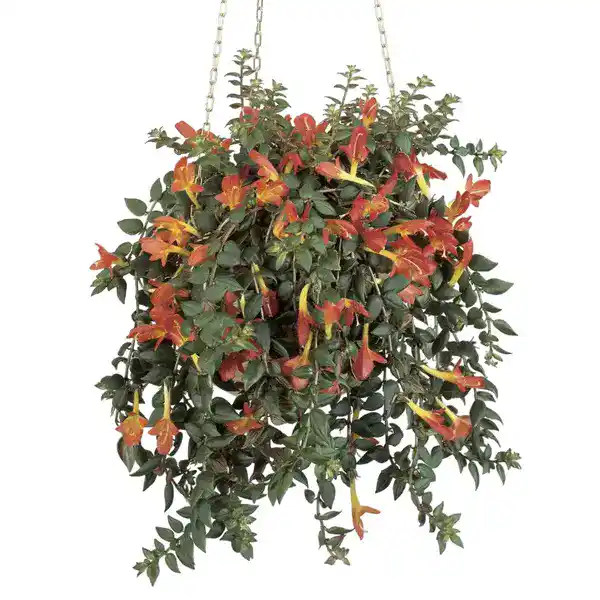
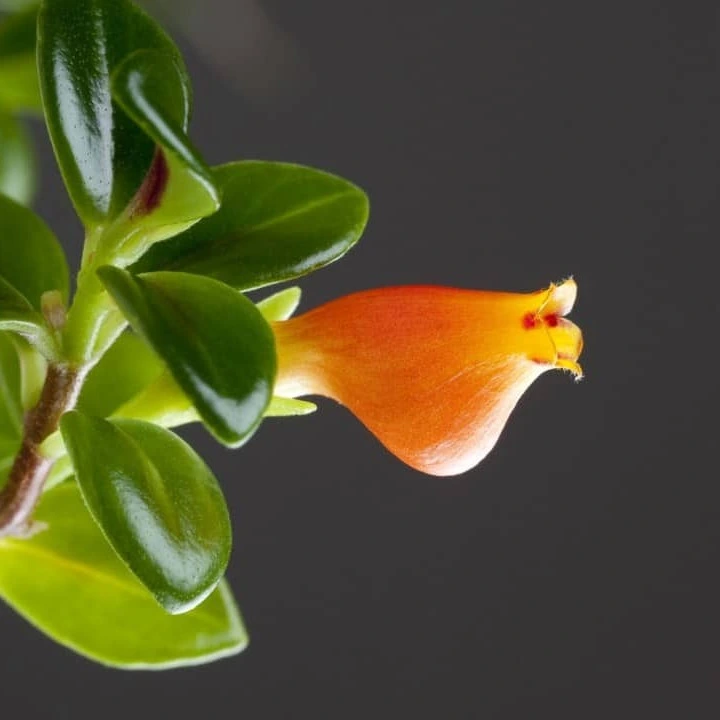
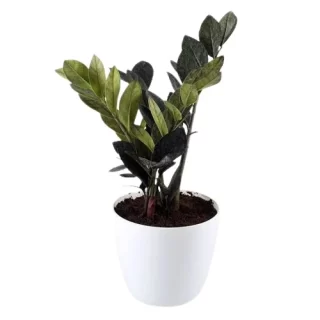


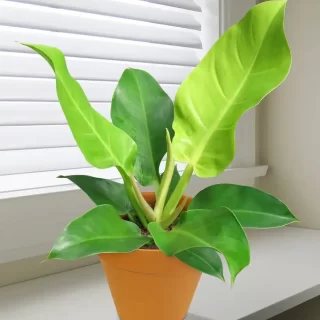
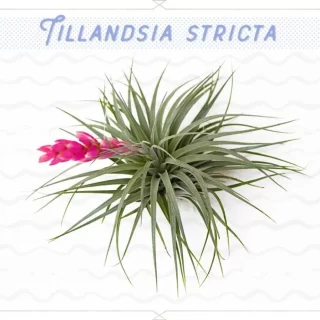
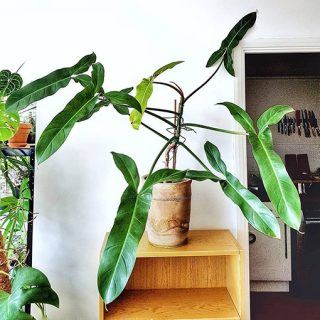
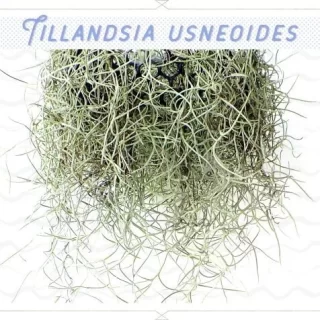
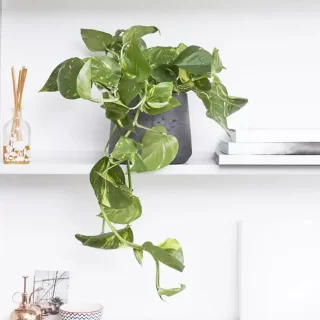
 If you need any assistance, I'm always here. Have you found what you were looking for?
If you need any assistance, I'm always here. Have you found what you were looking for?
Reviews
There are no reviews yet.